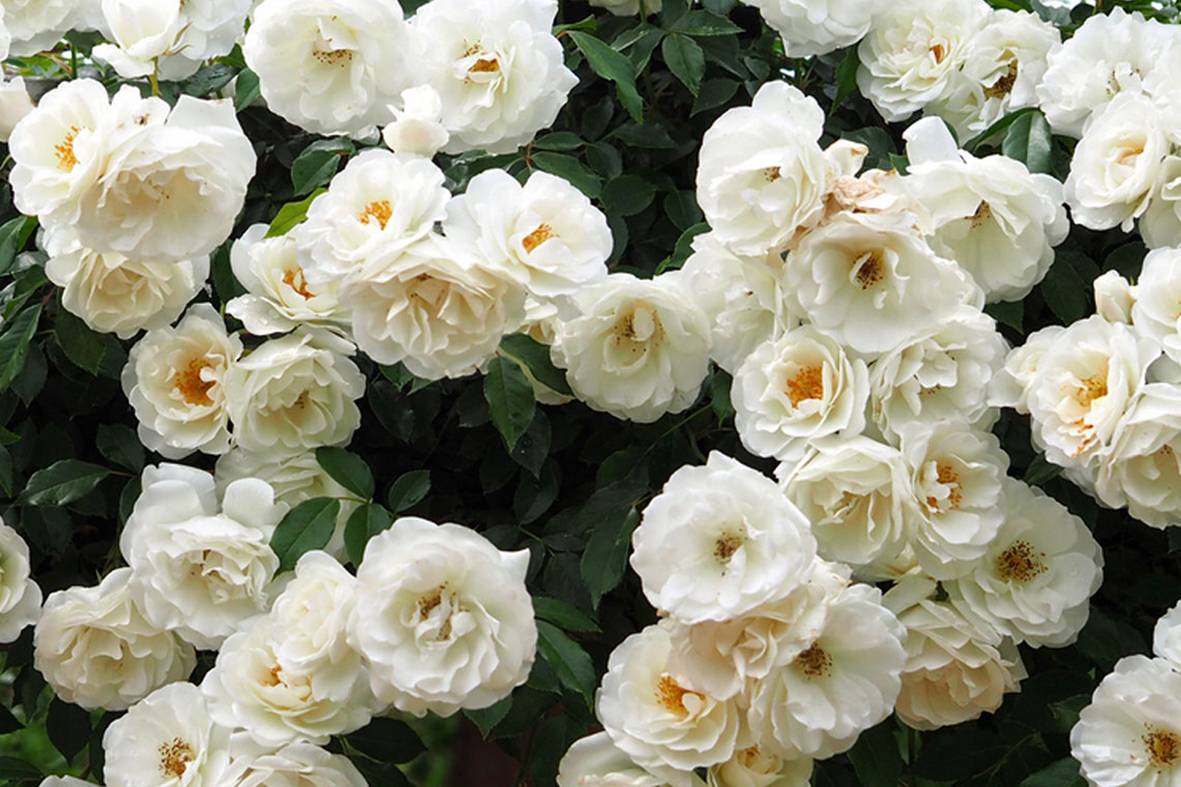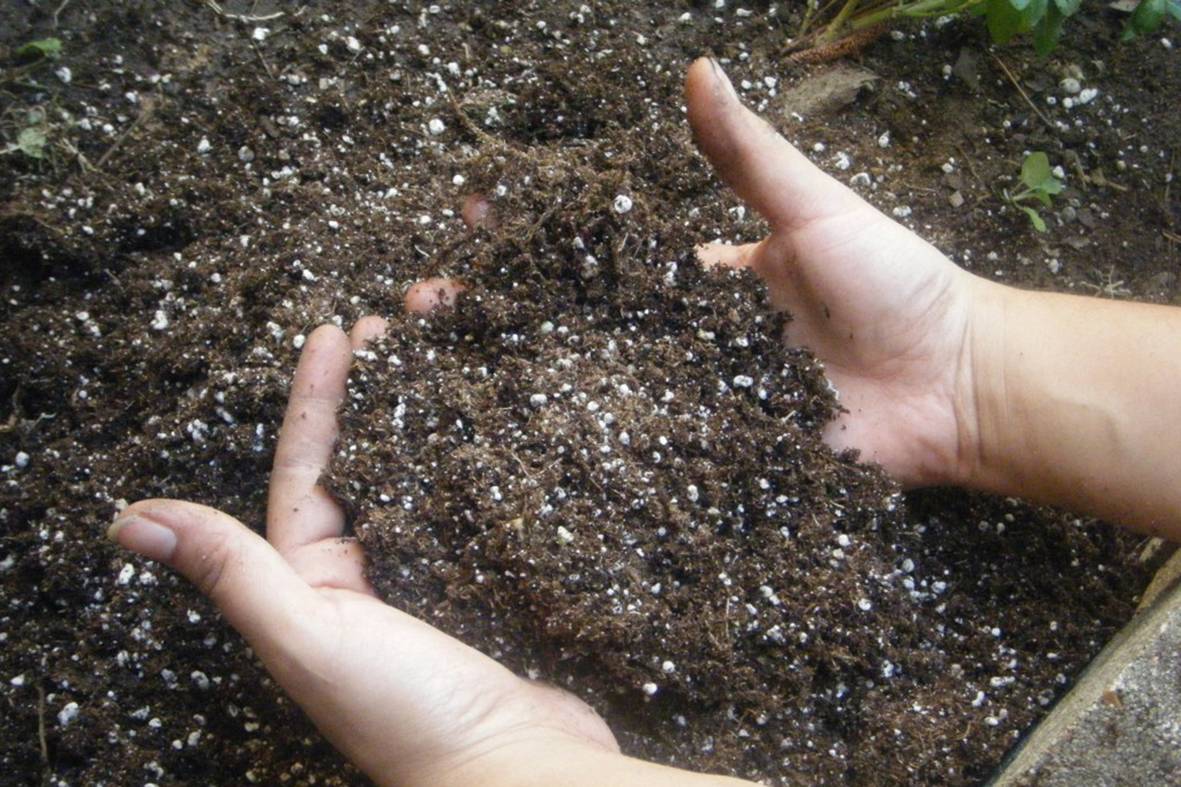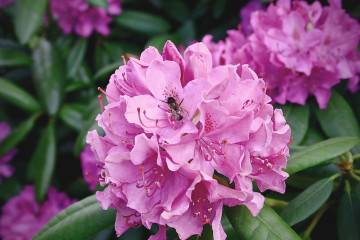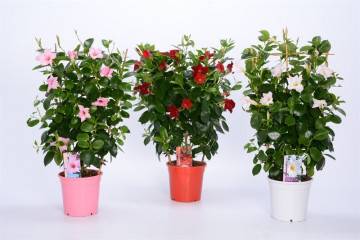Rose Iceberg
Content:
Rose climbing white Iceberg is very popular among flower growers. This success is due to unpretentiousness at the same time with high decorativeness. The cultivation of this rose variety does not require much effort, and the joy of flowering is immense. The Iceberg rose is definitely worth paying attention to.
Description of the Iceberg rose
Hybrid tea rose Iceberg was presented to the world in 1958 by R. Cordes. This multi-flowered floribunda has become a worthy addition to a large collection of rose varieties.
Characteristics of the variety
The height of the bush can reach 2.5 m in length, and it can grow up to 70 cm wide. The leaves are light green, the shoots are covered with numerous small thorns.
Flowers deserve special attention. They have snow-white silk petals. The flowers are 5-7 cm in diameter and consist of 15-20 petals. The aroma of the inflorescences is pleasant and unobtrusive.
Advantages and disadvantages
The advantage of the variety is its resistance to disease and frost. Together with its high decorative qualities, this fact makes the Iceberg rose a favorite of florists and landscape designers.
This variety can be grown as a climbing rose using a specific pruning method. Thanks to this procedure, it will curl in the right direction. This expands the scope of its use on the site.
Another advantage is called long flowering. From the very beginning of May until autumn, the shoots are strewn with snow-white fragrant flowers.
It is difficult to find flaws in this variety. One could attribute to them the need for fertile soil and good illumination of the growing place, but these qualities are inherent in many varietal roses.
Use in landscape design
Rose Iceberg climbing has a wide range of applications; it can be used to decorate arbors and arches. It is also suitable for planting as a low hedge.
Rose park Iceberg is applicable in flower beds. Group plantings of these roses will look great both against the background of a green lawn and in combination with other flowers.
Growing and planting in open ground
The agricultural technique of roses is similar for many varieties. But it should be borne in mind that neglecting at least one rule for caring for a plant can lead to a slowdown in growth and a deterioration in flowering.
Saplings
The purchase of planting material should be treated very responsibly.
Before buying, you should carefully inspect the plant. There should be no signs of disease on it, the leaves should be shiny and evenly colored. If possible, it is necessary to examine the root system as well. It should be well developed and free from damaged or dried roots.
It is better to purchase seedlings that have reached the age of 2-3 years. Their survival rate is higher due to a more developed root system.
Boarding time
When determining the timing of planting, one should be guided by the peculiarities of the climate. In regions with a temperate climate, both spring and autumn are suitable for planting.
In more severe climatic conditions, planting can also be carried out both in the spring and in the fall.However, the timing will vary. In the spring they should be shifted to a later date, and in the fall - to an earlier one.
The average planting time in spring is mid-April - mid-May, for autumn - late August-September.
Seat selection
Like many re-flowering roses, the climbing rose Iceberg prefers sunny locations, protected from strong winds and drafts.
It is also worth avoiding places of close occurrence of groundwater and stagnant melt water. The roots of roses do not tolerate waterlogging, this threatens them with rotting and the development of a fungus.
Planting too close to building walls is also not recommended. There should be a gap between the support with shoots and the wall for free air circulation.
Soil and plant preparation
Before proceeding directly to planting rose seedlings in the ground, it is necessary to carry out a number of specific activities.
Any rose, including the Iceberg variety, is demanding on the soil. She needs a nutritious and light soil. It should be prepared before planting the plant.
If possible, soil replacement is performed throughout the entire planting site. When digging, it is necessary to add peat, compost or rotted manure and the required dose of mineral fertilizers. It is better to do this in the fall or 2-3 months before planting.
If digging the entire site is impossible or not necessary, the required amount of soil is prepared separately in a container. It is then used during planting to fill the planting pit.
The plant should also be prepared before planting. Potted seedlings are watered the day before planting to make it easier to remove from the pot.
After extraction, it is necessary to examine the root system. Too long and damaged roots are cut off.
Landing
The technology of planting roses in the ground implies a sequence of actions and accuracy in their implementation. This will determine how complete the growth and flowering of the rose will be.
The process of planting seedlings itself can be divided into several sequential steps.
- Dig a hole of such a size that there is a space between the root system and its walls of 2-3 cm.
- The prepared soil is poured in such a way that a hill is formed.
- The seedling is placed on the surface of the mound and the roots are spread over its surface.
- The rest of the soil is filled to the brim and the surface is lightly tamped.
- The planting is watered at the rate of 1-2 buckets per seedling.
Care
Rose Iceberg needs constant care to maintain its health. It includes several items.
- Watering. For young plants, it should be carried out regularly, without allowing the soil to dry out. Mature plants are less demanding for watering. The water should be warm and settled. It is also very important not to overmoisten the root system.
- Top dressing and soil care. The rose is very responsive to mineral and organic fertilizers. In spring and autumn, it is better to apply root and foliar dressing with mineral fertilizer. It is better to feed with organic matter during the flowering period. The soil around should be covered with peat. This will not only prevent it from drying out, but will also improve its texture.
- Pruning. Pruning for this variety is carried out sparingly. In the spring, damaged and dried shoots are cut.In the summer, it is enough to just remove wilted inflorescences. Autumn is carried out before the shelter for the winter, the length of the shoots is shortened and the sick are removed.
- Wintering. Shelter for the winter for this variety of roses is necessary. To protect the roots, the plant is spud. Shoots are removed from the support or simply bent to the ground, depending on their length. The substrate for laying them is made from dry leaves. A frame is installed on top and a non-woven material is pulled over it.
Bloom
The period of greatest activity of the Iceberg rose falls on the time of flowering. It is quite long, from May to September.
The dormant period begins after the onset of frost and lasts until the beginning of spring sap flow.
Care during and after flowering
During flowering, faded buds should be removed to encourage re-flowering. You should also make fertilizing with mineral and organic fertilizers. During this period, roses are especially responsive to organic matter.
After flowering, it is necessary to apply a complex mineral fertilizer.
If there is no flowering
Sometimes flower growers are faced with the fact that the planted rose does not develop well and does not bloom. There may be several reasons for this.
- Wrong choice of location. Lack of sunlight negatively affects the formation of buds.
- If not properly cared for, the plant can weaken and result in a lack of flowering.
- Damage by diseases or pests. A diseased plant may not only fail to bloom, but also die over time.
Only by observing all the rules of agricultural technology can you achieve abundant and long-lasting flowering of the Iceberg rose.
Reproduction
For the Iceberg rose, propagation methods such as cuttings, grafting and layering are applicable.
The most commonly used cuttings. Seedlings obtained in this way will completely repeat the varietal qualities of the plant from which the cuttings were taken. Cuttings are prepared in autumn, stored until spring, and planted in the ground in May. After disembarkation, a shelter is installed and the soil moisture is regularly monitored.
To obtain a new plant from the cuttings, a healthy shoot is bent to the ground and pinned. During the summer, the soil at this site is regularly moistened. By the fall, roots are formed at the point of contact with the ground.
Diseases and pests
One of the advantages of the Iceberg rose variety is disease and pest resistance. But with insufficient care or adverse weather conditions, it can still be affected by aphids, spider mites and other pests. There is also a chance of developing spotted and powdery mildew.
If signs of illness or pest infestation are found, the plant should be immediately treated with special preparations.
Rosa Iceberg is a wonderful variety of climbing rose, which is distinguished by its unpretentiousness and long flowering. Her snow-white velvet flowers captivate not only with their appearance, but also with a pleasant aroma. Iceberg is a rose that is a bit moody. But subject to agricultural technology, this beauty will become a decoration of the site for the entire summer period.




















